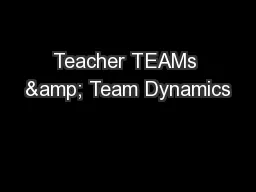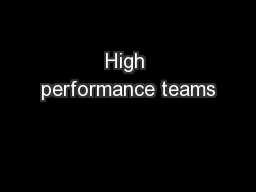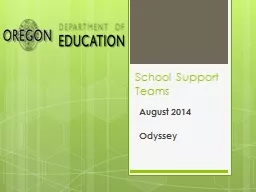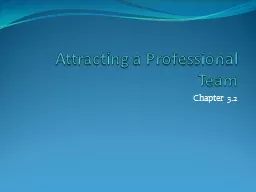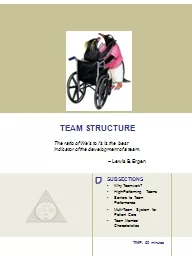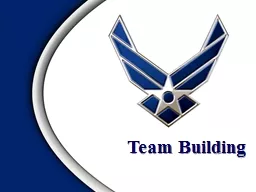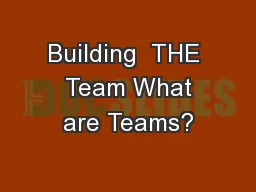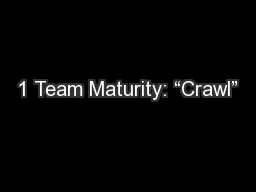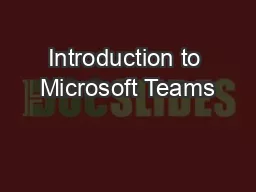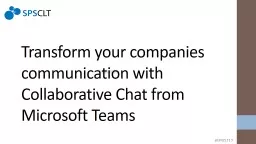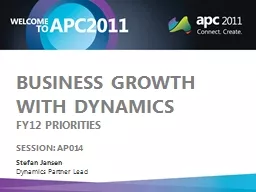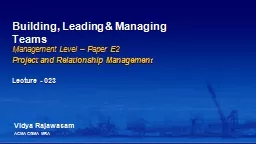PPT-Teacher TEAMs & Team Dynamics
Author : danika-pritchard | Published Date : 2015-11-21
T ogether E veryone A chieves M ore Adapted from Maxine Wood August 2011 Presentation Tom Van Hulle and Matt Wernsdorfer June 25 2012 Talent Development Secondary
Presentation Embed Code
Download Presentation
Download Presentation The PPT/PDF document "Teacher TEAMs & Team Dynamics" is the property of its rightful owner. Permission is granted to download and print the materials on this website for personal, non-commercial use only, and to display it on your personal computer provided you do not modify the materials and that you retain all copyright notices contained in the materials. By downloading content from our website, you accept the terms of this agreement.
Teacher TEAMs & Team Dynamics: Transcript
Download Rules Of Document
"Teacher TEAMs & Team Dynamics"The content belongs to its owner. You may download and print it for personal use, without modification, and keep all copyright notices. By downloading, you agree to these terms.
Related Documents

